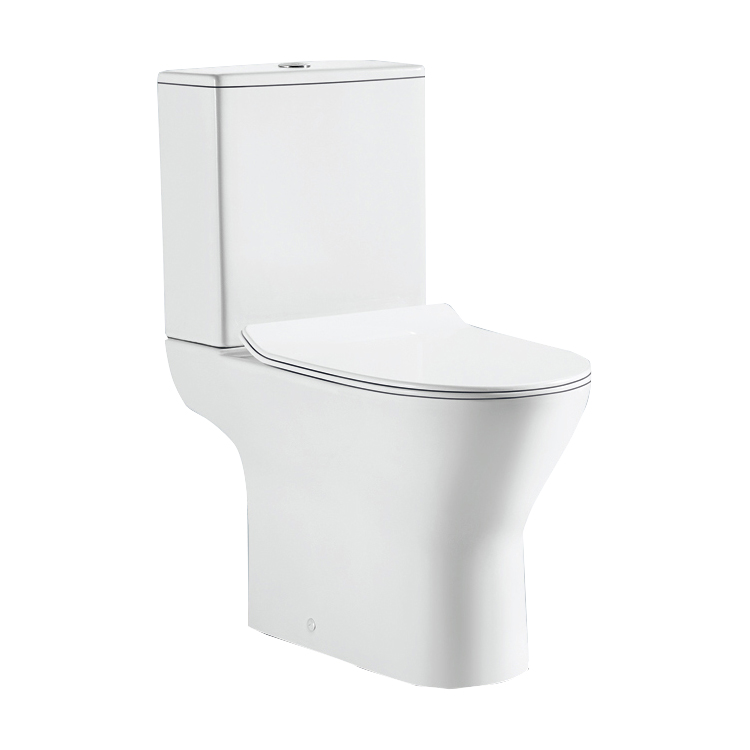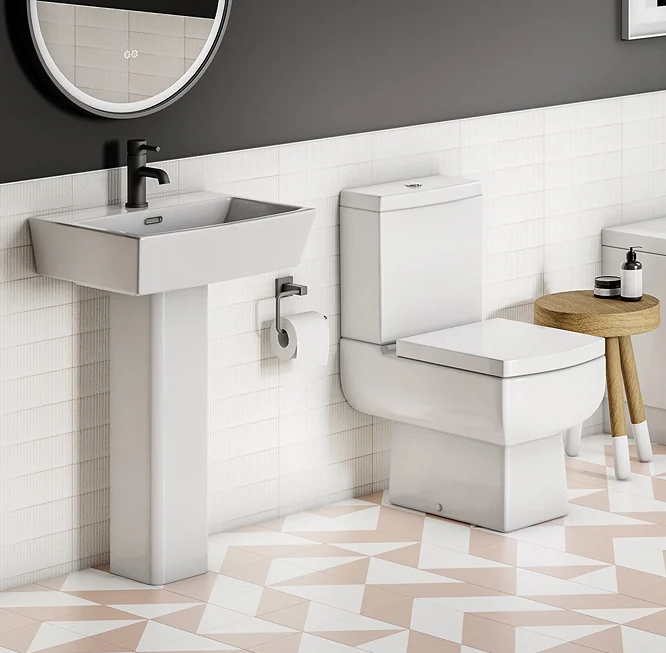Since the early 1990s, federal law has mandated that new household toilets use no more than 1.6 gallons of water per flush. These early low-flush toilets did help save money and water, but today’s high-efficiency toilets (HETs) use only 1.28 gallons of water per flush, which is 20 percent less than before. And some super-efficient toilets use only 0.8 to 1.1 gallons of water per flush.
While replacing an old water-guzzling toilet with a more efficient one will maximise water savings, even replacing a 1.6-gallon per flush toilet with a high-efficiency, 1.28-gallon per flush toilet can make a significant difference. You can see for yourself by trying the WaterSense calculator, which estimates that a family of four can save about 2,400 gallons of water per year (enough for 58 loads of laundry) by making this switch.
When it comes to choosing a more efficient toilet, you have several options:
Single-flush low-flush toilets
Single-flush toilets use the same amount of water per flush, whether it’s 1.6 gallons (standard low-flow toilets) or 1.28 gallons (high-efficiency toilets). There are even single-flush, ultra-high-efficiency toilets that use as little as 0.8 gallons of water per flush. Single-flush toilets are the most common type and usually the cheapest, costing as little as $100.
Single-flush low-flush toilets
Dual-flush high-efficiency toilets
Dual-flush toilets offer users two flushing options: a full flush designed for solid waste or a low-output flush designed for liquid waste. The average water usage of a dual-flush system can be as low as 0.96 gallons per flush. Current high-efficiency dual-flush models typically use 1.1/1.6, 0.8/1.6, or 0.8/1.28 gallons per flush and range in price from $150 to $1,000.
Pressure-assisted toilets
Unlike standard gravity-fed toilets, these models use pressurised air to push water through the system with more force, so less water is required per flush – just 0.8 gallons. Most cost around $200 to $700.
Composting toilets
Also known as bio-toilets, these toilets use little or no water and do not discharge waste into the sewer system or septic tank. Instead, composting toilets collect liquid and solid waste, store it under the toilet or in a separate tank, and break down the waste into compost. When used properly, composting toilets are both hygienic and odourless, but may not be suitable for urban environments. Prices for composting toilets vary widely, depending on capacity and style, but range from US$350 to US$3,000.
When choosing to replace an old toilet or upgrade bathroom fixtures, it helps to consider the pros and cons of each toilet type, as well as existing plumbing features and your DIY skills (or willingness to pay a plumber to install a new toilet)
Single-flush toilets:
At 1.6 gallons per flush, low-flow single-flush toilets don’t save as much water (or money) as dual-flush, high-efficiency, or ultra-high-efficiency models, but they’re the most affordable option and are an improvement over pre-1994 toilets that use more than double the amount of water. Before purchasing a new single-flush toilet, check to see if your state requires new toilets to meet a high efficiency standard of 1.28 gallons of water consumption per flush.
Dual-flush toilets:
Because most flushes involve only liquid waste, dual-flush toilets save more water than single-flush toilets. However, dual-flush toilets have a higher upfront cost than single-flush toilets and are more complicated to maintain. Additionally, some users (especially guests) may find the buttons confusing or inconvenient – if everyone opts for a stronger flush, you won’t save any water.
If you’re somewhat dexterous but not quite ready for dual-flushing, you may need to install a dual-flush conversion kit to turn a single-flush toilet into a dual-flush toilet.
Those purchasing a dual-flush conversion kit are advised to look for “a kit that fits a standard two-piece toilet, has clear installation instructions, and includes high-quality components such as durable valves and seals.”

Dual-flush toilets
Pressure-assisted toilets:
these toilets use less water than gravity-fed toilets and provide a strong flush and a cleaner toilet interior. Pressure-assisted toilets are also less prone to condensation. However, they are more expensive and cost more to maintain and repair. Homeowners considering a pressure-assisted toilet should be aware of the home’s minimum water pressure requirements (usually about 25 pounds per square inch, or PSI) and its noise level. Plumbing limitations: low-flow toilets require drains with steep enough slopes to drain properly. This should not be a problem;



